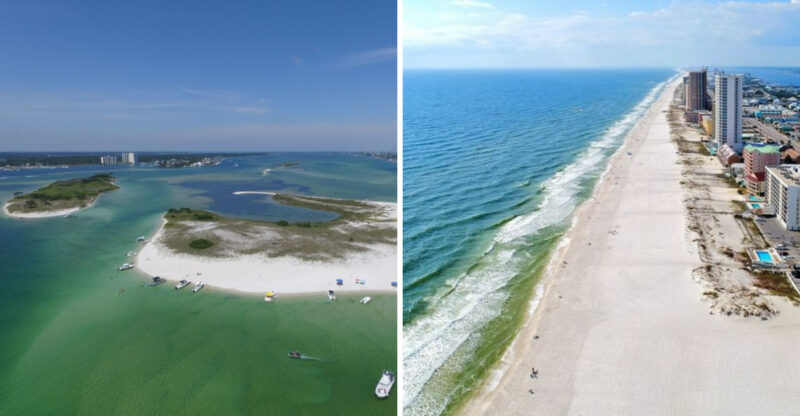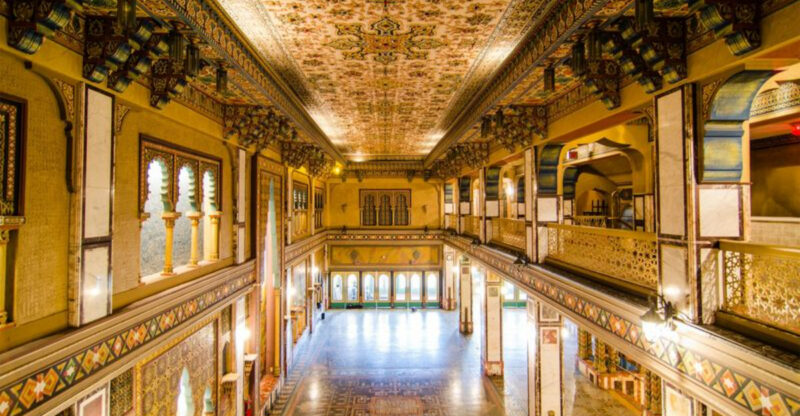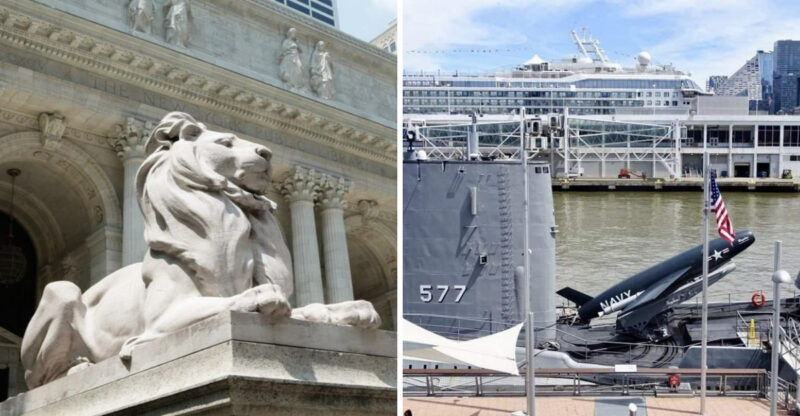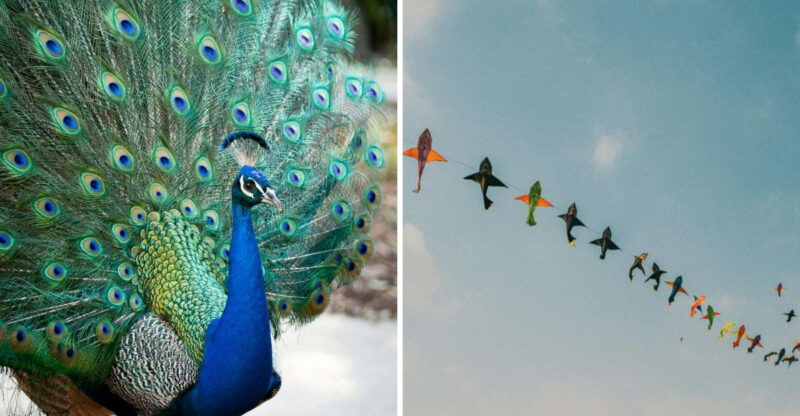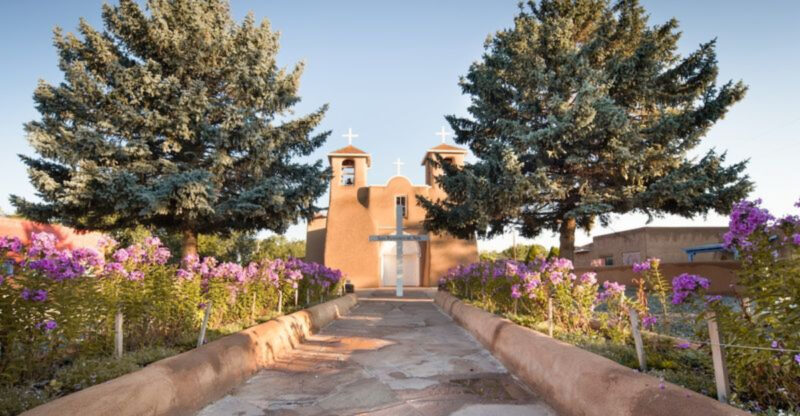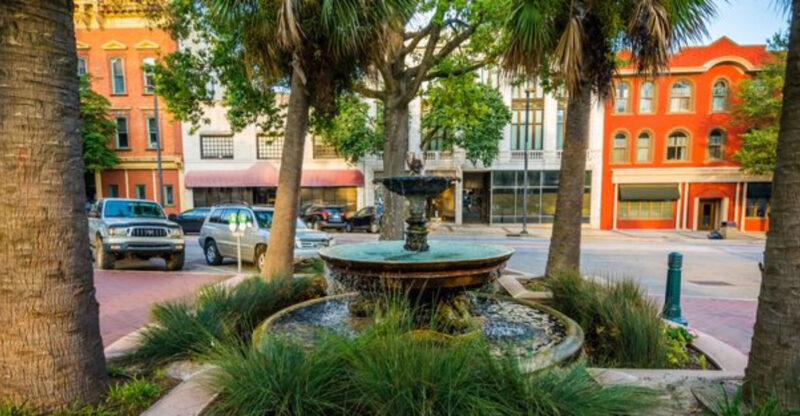13 American Neighborhoods Where Culture Food And Community Come Alive
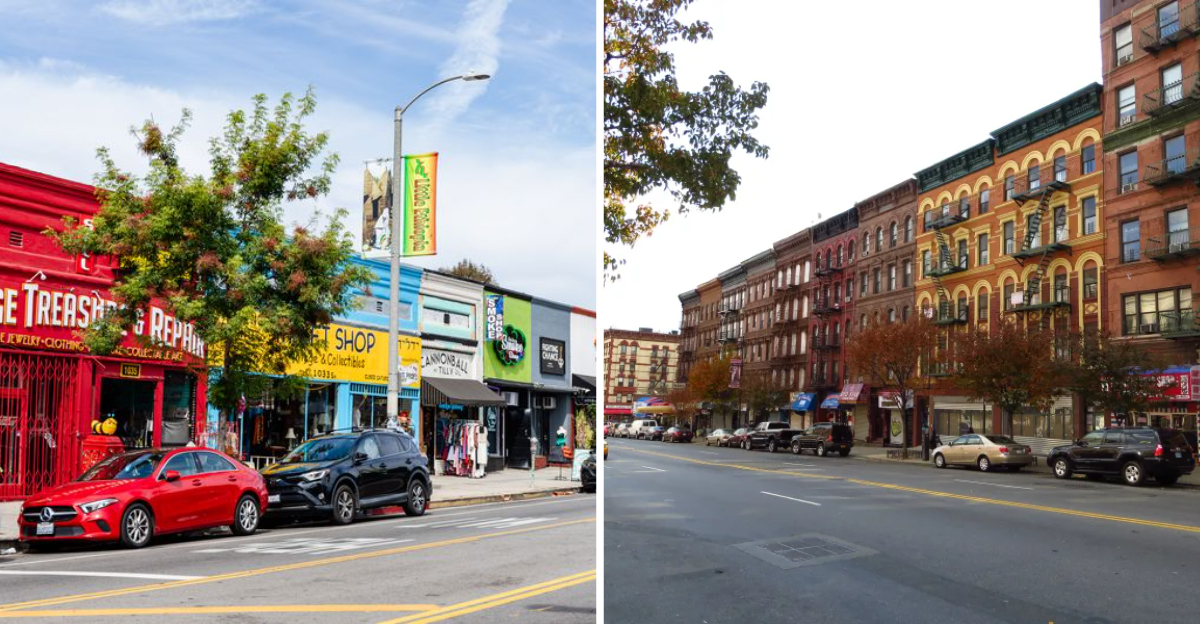
America’s cities are full of neighborhoods that feel like their own little worlds. Walking through these special places, you’ll discover incredible food, rich traditions, and people who genuinely care about their community.
From colorful street murals to family-owned restaurants serving recipes passed down for generations, these neighborhoods show what makes America truly diverse and exciting.
1. Little Havana, Miami
Walking down Calle Ocho feels like stepping into Havana itself. The smell of Cuban coffee fills the air while locals gather at Domino Park, sharing stories and laughter over their favorite game. You’ll find authentic Cuban bakeries on every corner, serving pastelitos and croquetas that taste exactly like abuela used to make.
Art galleries showcase works by Cuban-American artists, telling stories of heritage and hope. Live salsa music spills out from restaurants where families celebrate everything from birthdays to Tuesday nights. Friday nights bring the Viernes Culturales festival, transforming the streets into an open-air party.
Local shop owners greet you like family, eager to share their culture with newcomers and longtime residents alike.
2. Chinatown, San Francisco
Did you know San Francisco’s Chinatown is the oldest in North America? Red lanterns sway above narrow streets where herbal medicine shops sit beside modern bubble tea cafes. Markets overflow with fresh bok choy, live fish, and exotic fruits you might never have seen before.
Families line up outside famous dim sum restaurants every weekend, waiting for steaming baskets of dumplings and buns. Fortune cookie factories let visitors watch bakers fold predictions into warm cookies by hand. Temple bells ring softly while incense smoke drifts through ornate doorways.
Annual celebrations like Chinese New Year transform the neighborhood into a spectacular display of dragons, firecrackers, and traditional performances that draw crowds from everywhere.
3. Greektown, Detroit
If you love flaming cheese, you’ve found paradise. Servers shout ‘Opa!’ as they light saganaki tableside, creating moments of joy that make every meal memorable. This compact neighborhood packs incredible energy into just a few blocks along Monroe Street.
Family-run tavernas have been serving moussaka and souvlaki for decades, with recipes their grandparents brought from Greece. Bakeries display rows of baklava dripping with honey and pistachios that’ll make your mouth water. Street festivals celebrate Greek Independence Day with traditional dancing and music that gets everyone moving.
Even the architecture tells stories, with blue and white colors reminding visitors of Mediterranean islands far across the ocean.
4. French Quarter, New Orleans
Jazz notes float through streets that have witnessed three centuries of history. Musicians set up on corners, their saxophones and trumpets creating soundtracks for your stroll past centuries-old buildings with intricate iron balconies. Beignets covered in powdered sugar are practically mandatory at Cafe Du Monde, where locals and tourists sit shoulder to shoulder.
Creole and Cajun restaurants serve gumbo, jambalaya, and po’boys that define Louisiana cooking. Street performers, from magicians to tap dancers, turn sidewalks into stages. Mardi Gras might be famous, but this neighborhood celebrates life every single day with parades, parties, and spontaneous second lines.
History lives in every cobblestone and courtyard here.
5. Little Italy, New York City
Though smaller than it once was, this neighborhood still captures Italian-American spirit beautifully. Mulberry Street comes alive during the Feast of San Gennaro, when millions gather for eleven days of Italian food, games, and traditions dating back to 1926. Cannoli from Ferrara Bakery have been satisfying sweet tooths since 1892.
Red-checkered tablecloths cover outdoor tables where families share massive plates of pasta and meatballs. Old-timers sit outside social clubs, watching the neighborhood change while keeping traditions alive. Specialty shops sell imported olive oils, fresh mozzarella, and Italian cookies perfect for any occasion.
Walking these streets, you’ll hear Italian spoken by grandmothers who’ve lived here their entire lives.
6. Pilsen, Chicago
Massive murals turn entire buildings into canvases celebrating Mexican heritage and social justice. Artists from this neighborhood have gained international recognition, but they still paint walls right where they grew up. Taquerias serve authentic tacos al pastor, with meat carved fresh from spinning trompos.
Mexican bakeries called panaderias offer conchas, tres leches cake, and dozens of other treats at prices that won’t break your budget. The National Museum of Mexican Art provides free admission, showcasing artwork that spans centuries and borders. Annual events like Fiesta del Sol bring carnival rides, live bands, and food vendors to celebrate community bonds.
Young families push strollers past quinceañera dress shops and mercados selling everything imaginable.
7. Japantown, San Jose
Are you craving authentic ramen at midnight? This neighborhood has you covered with restaurants staying open late for night owls. One of only three remaining Japantowns in America, this community has preserved Japanese culture since the early 1900s. Buddhist temples offer meditation classes while cultural centers teach taiko drumming and origami.
Bookstores specialize in manga and anime, creating gathering spots for fans of Japanese pop culture. Supermarkets stock everything from fresh mochi to imported snacks you can’t find anywhere else. Summer brings the Obon Festival, where dancers in traditional clothing perform in circles honoring ancestors.
Cherry blossom trees bloom each spring, creating picture-perfect moments that remind everyone why this neighborhood matters so deeply.
8. Koreatown, Los Angeles
Neon signs in Korean script illuminate streets that never really sleep. Korean BBQ restaurants let you grill your own meat at the table, creating interactive dining experiences perfect for groups. After dinner, karaoke rooms called noraebangs fill with friends singing everything from K-pop to classic rock.
Bakeries serve Instagram-worthy desserts like bingsu, a shaved ice treat piled high with fruit and sweet toppings. Spas offer traditional Korean bathhouse experiences where you can relax for hours. Markets sell kimchi varieties you never knew existed, plus Korean beauty products that have taken the world by storm.
Young professionals, students, and families create a neighborhood that feels energetic at any hour of the day.
9. Germantown, Philadelphia
Cobblestone streets and centuries-old buildings tell stories of America’s first German settlers in this historic Philadelphia enclave. Germantown Avenue stretches for miles, lined with independent bookstores, art galleries, and cozy cafes where neighbors gather over coffee and conversation.
Local festivals celebrate the neighborhood’s rich heritage with traditional music, handmade crafts, and authentic German pastries. Community gardens dot the landscape, bringing residents together to grow vegetables and flowers while sharing gardening tips across generations.
The area’s commitment to preserving history while embracing diversity makes it special. Families stroll to farmers markets on weekends, and kids play in parks where Revolutionary War soldiers once camped.
10. Little Saigon, Orange County
Orange County’s Little Saigon represents the largest Vietnamese community outside of Vietnam itself. Bolsa Avenue comes alive with the aroma of fresh herbs, simmering pho broth, and sweet Vietnamese coffee that draws crowds from sunrise to sunset.
More than 200 restaurants serve everything from banh mi sandwiches to elaborate seven-course beef feasts. Shopping centers overflow with specialty groceries, herbal medicine shops, and boutiques selling traditional ao dai dresses alongside modern fashion.
Cultural events throughout the year honor Vietnamese traditions while celebrating American freedom. The Tet Festival transforms streets into spectacular displays of dragon dances, lanterns, and performances that educate younger generations about their heritage.
11. El Barrio (Spanish Harlem), New York City
Salsa music spills from open windows while the scent of mofongo and pernil fills the air in this iconic Puerto Rican and Latino neighborhood. El Barrio has been the heartbeat of New York’s Latin community since the 1940s, preserving cultural identity through food, art, and music.
Murals covering entire building sides tell stories of struggle, pride, and celebration. Local bodegas serve as community hubs where residents catch up on neighborhood news while shopping for plantains and sofrito ingredients.
The neighborhood’s famous La Marqueta market showcases Caribbean and Latin American vendors selling everything from handmade jewelry to tropical fruits rarely found elsewhere in the city.
12. Little Ethiopia, Los Angeles
Fairfax Avenue transforms into an East African wonderland where the aroma of berbere spices and freshly roasted coffee beans creates an intoxicating welcome. Restaurants serve injera topped with colorful stews, eaten family-style while sitting on traditional woven stools.
The Ethiopian coffee ceremony brings people together in a ritual that takes hours, emphasizing conversation and connection over rushing through meals. Small shops sell handwoven baskets, religious artifacts, and imported goods that help families maintain ties to their homeland.
Community organizations offer language classes and cultural programs that help newcomers adjust while teaching American-born kids about their parents’ heritage through music and dance.
13. Little Brazil, Astoria, Queens
Brazilian flags flutter above restaurants serving endless skewers of grilled meats, while bakeries tempt passersby with pao de queijo and brigadeiros. Astoria’s Brazilian community has created a slice of Rio and Sao Paulo along a few vibrant blocks where Portuguese conversations mix with laughter and samba beats.
Soccer matches broadcast on big screens bring crowds together, erupting in cheers that echo down the street. Beauty salons specialize in Brazilian blowouts while offering the latest gossip and friendship to homesick immigrants.
Weekend festivals feature capoeira demonstrations and live music that transforms sidewalks into impromptu dance floors where strangers become friends.

